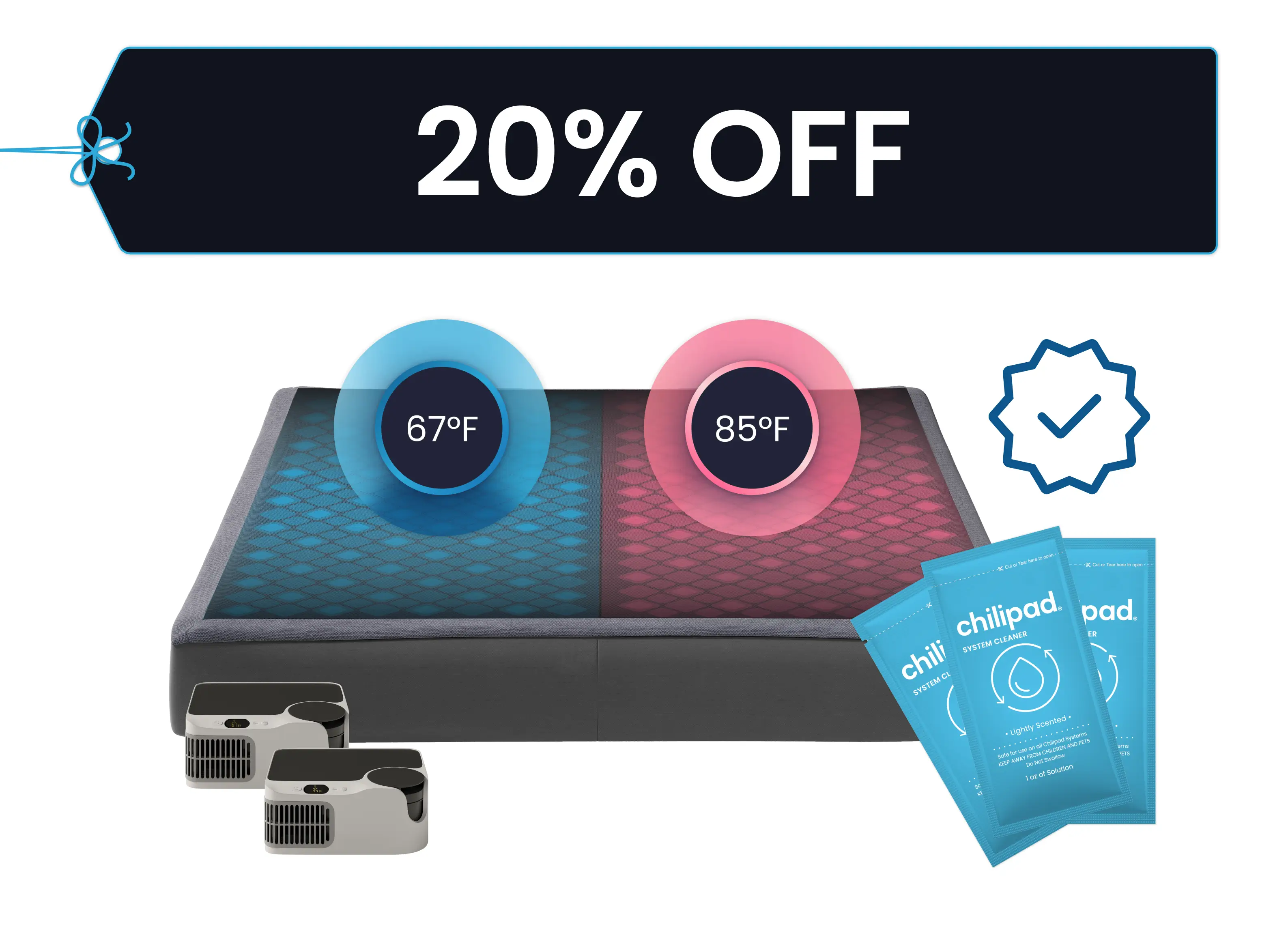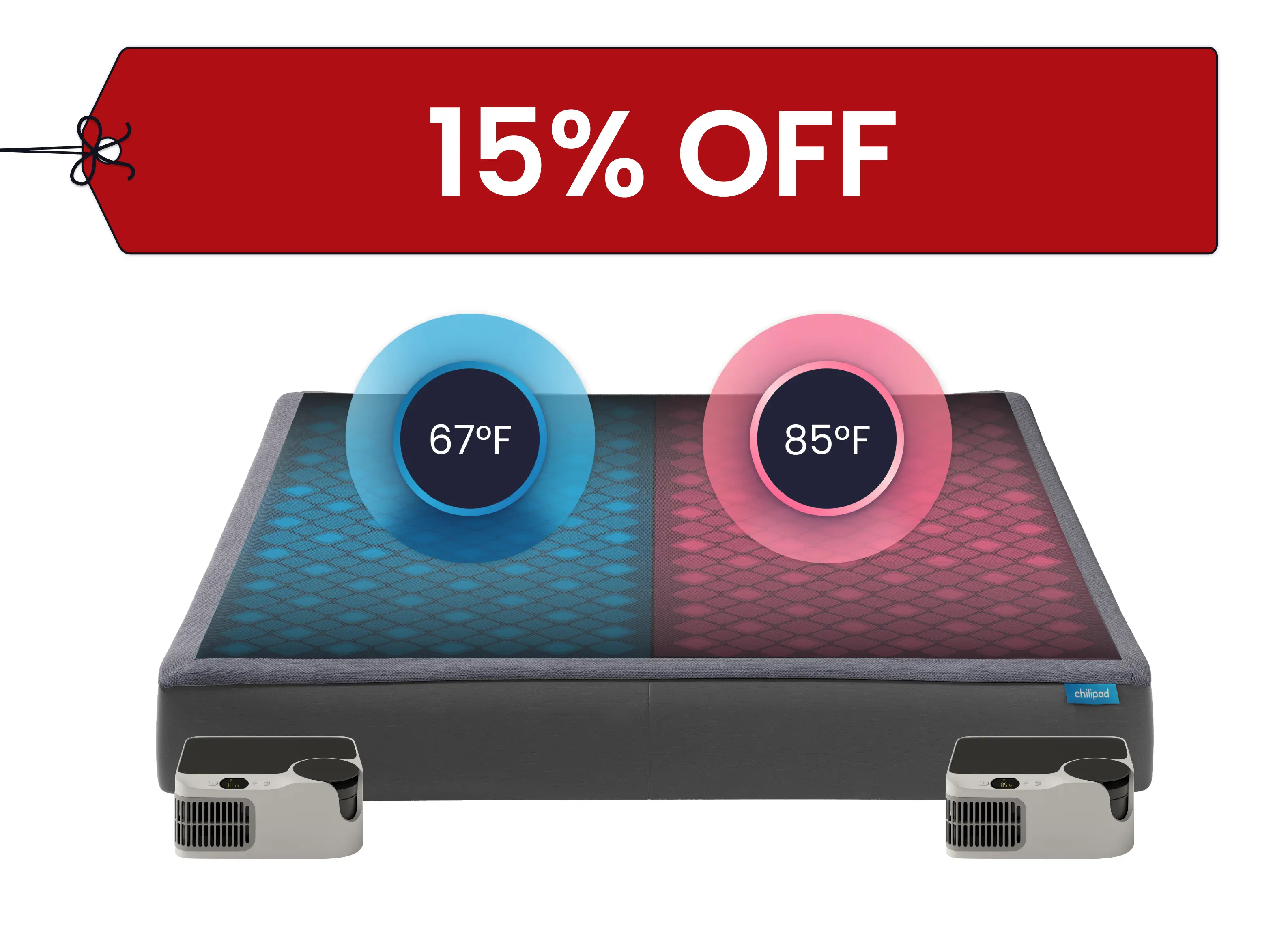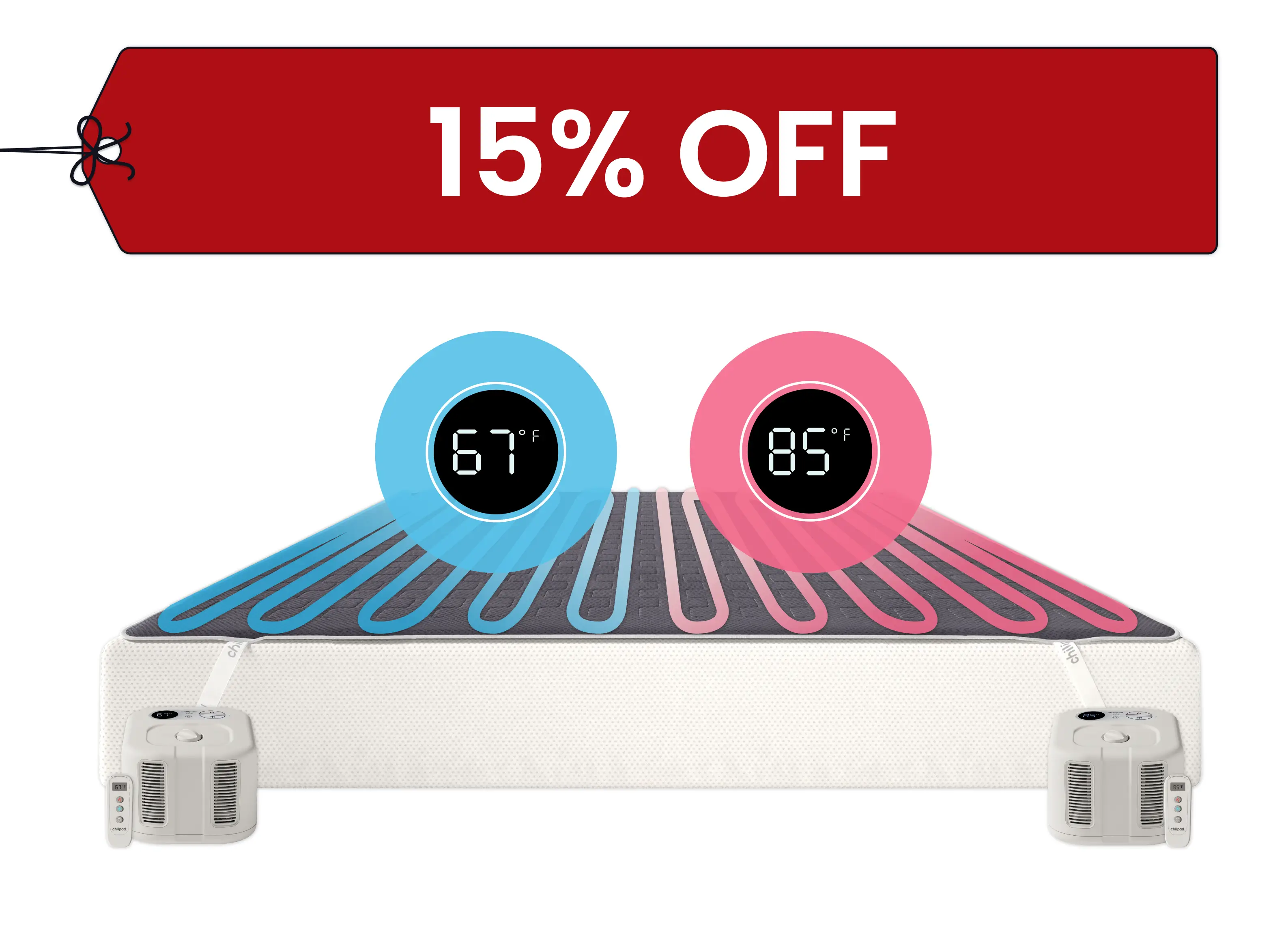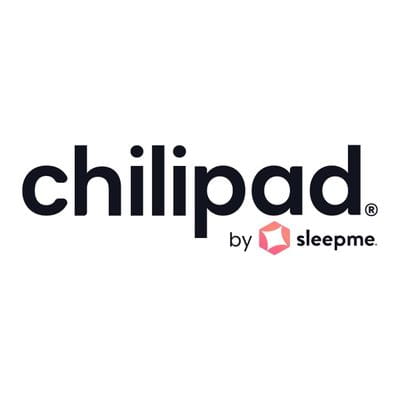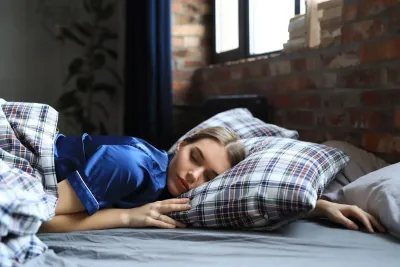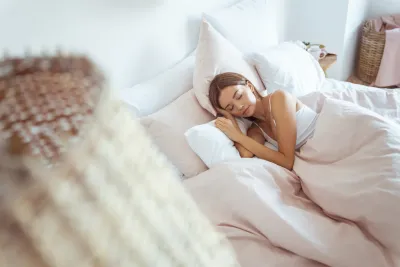
Key Takeaways
- Sleep Switch: Your body’s ability to fall asleep is controlled by a biological “flip-flop” switch in the brain’s hypothalamus. It’s real, and it’s science-backed.
- Opposing Forces: Wake-promoting and sleep-promoting neurons battle it out daily—whoever wins flips the switch.
- System Sync: The switch is influenced by your circadian rhythm, adenosine buildup, and melatonin production. Keeping these in check = better sleep.
- Tech Tip: Bright screens and late-night doomscrolling can delay your sleep switch. Dim the lights and power down early to get ahead.
- Sleep Boost: Want to optimize your switch? Stick to a routine, cool down your room, and keep your sleep-wake schedule tight.
Do you struggle with turning off your brain at night?
We hear from so many people who have have trouble falling asleep! This typically leads to a conversation about the “sleep switch,” which allows us to transition from wakefulness to sleep.
In your body, this switch works when there is a change of temperature at the right time. What is the right time? It depends on your body clock, but aim for about eight hours before you want to wake up. For me, that is around 9pm. I am a morning person. In the window between 9pm-10pm, my body “wants” to go to sleep.
When you use temperature to flip your sleep switch it can help with sleep latency, which means how long it takes YOU to fall asleep.
We’ll discuss how to switch your brain off to sleep, how to get more, the importance of REM sleep, and really, how to get better sleep in general.
Body Temperature Plays a Role in Sleep
Get deeper, more restorative sleep with our cooling mattress pads. Select the right temperature, ranging from 55-115º, to improve your deep sleep and wake up rested.
The Science Behind the Sleep Switch
The key to wrapping your head around the concept of a "sleep switch" is viewing your brain as an impressive electrical system.
Yes, your brain has its own signal for when to be awake or asleep.
The idea of the switch is based on neurons firing on and off, which dictates your ideal sleep pattern.
A landmark sleep study from Beth Israel Deaconess in Boston discovered that the neurons in question are located in the ventrolateral pre-optic nucleus (VLPO), and are critical for getting a good night’s sleep. [1]
The study was conducted in the following manner:
“Working with genetically engineered mice, Saper's team artificially activated the VLPO neurons using several different tools. In one set of experiments, the scientists activated the neuron cells using a laser light beam to make them fire, a process called optogentics. In another test, the team used a chemical to selectively activate the VLPO neurons. In both cases, activating these cells profoundly drove sleep.”
Ultimately, the VLPO starts secreting neurotransmitters called GABA and galanin, which work to calm the brain. Conversely, orexin is a neurotransmitter that manages wakefulness.
That means the switch works both ways, as an electrical feedback loop with these neurotransmitters moving in conflicting directions. There’s never a transitional state; you’re either on (awake!) or off (asleep!).
Body Temperature & Sleep Switch
Let’s return to that same sleep study again, which had a significant finding:
“Additionally, activating the VLPO cells caused a fall in body temperature. Scientists already knew that warm temperatures activate VLPO cells, and that body temperature dips slightly during sleep when the VLPO neurons are firing.”
Based on what we know about sleep—and the products we offer—this makes total sense. In many ways, body temperature is the perfect way to frame sleep.
Let’s assume you sleep from 10 pm to 7 am. If this is your chronotype, your body will be at its warmest in the early evening, around 7 pm. As you approach bedtime, your “sleep drive” kicks in, triggered by a temperature drop—which means the VLPO is ready to release that GABA and galanin.
Read More: Take The Chronotype Quiz
This gets you ready for deep sleep, the period when you’ll drop to your lowest temperature of the night.
Ultimately, as you slowly warm-up, you’re entering REM sleep, until finally, that feedback loop runs in the opposite direction with orexin, causing you to wake.
So dropping that temperature is directly tied to triggering that sleep switch, in turn allowing you to enjoy longer stretches of deep sleep. As you know, we’re big fans of deep sleep, because of its restorative power around health, immunity, memory, and overall cognitive performance. You can learn more on how to get more deep sleep naturally.
How to Switch off Your Brain to Sleep
If you think of all of this from an evolutionary standpoint, it makes sense: our ancestors would be at their warmest right as the sun went down, and as evening turned into night, the outside temperature would drop, and these hunter-gatherers’ body temperatures would follow suit, causing their "sleep drive" to kick in.
Related Blog: Effective Tips to Reset and Fix Your Sleep Schedule
A UCLA sleep study confirms this assumption: [2]
“In most modern environments, people are sleeping in a fixed temperature, even if it is reduced from daytime levels. It may well be that falling environmental temperature is integral to sleep control in humans.”
Thanks to modern conveniences like the thermostat, our environments often remain at a constant temperature. This isn't good for helping you sleep better!
Your body needs a chance to cool down and flip that sleep switch. Products like our Chilipad Dock Pro, the best cooling mattress topper, or our original bed cooler, the Cube, can help you drop your temperature to enjoy deep sleep.

How to Stop Your Mind From Racing
What do you do if you’re in bed but still struggling to sleep? There are various methods to help you unwind, including:
- Read a book
- Listen to a podcast or soothing sounds and focus on your breathing
- Meditate or try some Yoga Nidra for sleep.
- Each sleeper is unique, so different methods will be more successful for some than for others. The most important thing is that your room is ready for sleep. This includes getting your room to a comfortable temperature, dark and quiet.
At the end of the day, remember that your brain is craving cooler temperatures.
Wake Up Refreshed, Every Day
Are you ready to improve your sleep? I encourage you to give sleepme's bed cooling systems a try -- the hydro-powered mattress toppers cool as low as 55°F and will help you fall asleep faster and wake up rested. We offer free shipping and a 30-night sleep trial, giving you plenty of time to find your ideal temperature.
There are plenty of benefits of sleeping in a cold room. Once your room is cooler, you will sleep soundly and wake up energized for each new day. Plus, couples love the ability to set their specific temperature for their side of the bed, so they both can have the deep sleep of their dreams!
References
[1] Out like a light: Researchers ID brain’s “sleep switch”: Sleep promoting neurons also tied to regulating body temperature. (n.d.). ScienceDaily. View Resource
[2] Sullivan, Meg. “Our Ancestors Probably Didn’t Get 8 Hours a Night, Either.” UCLA, 15 Oct. 2015

